DN Darshan: Konark Sun Temple, Odisha
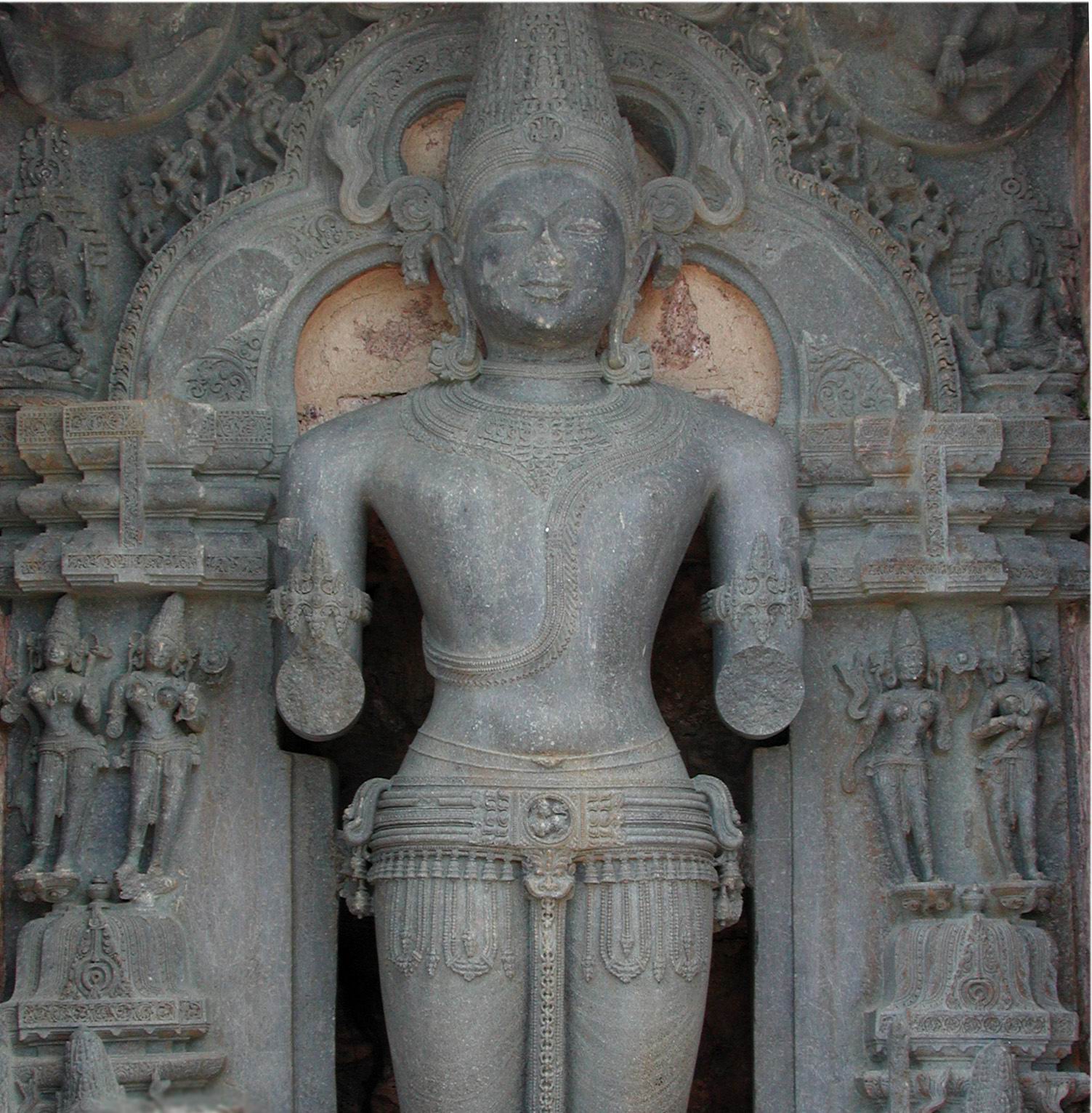
dynamitenews.com
Odisha/ 10 Jan. Sun Temple at Konark- one of the most beautiful monuments of religious significance and a true masterpiece of architecture- is dedicated to the Sun-God also called Biranchi-Narayan. The name Konark is a blend of two words- Kona meaning corner and Arka meaning the Sun. The temple features in the list of UNESCO World Heritage Sites.
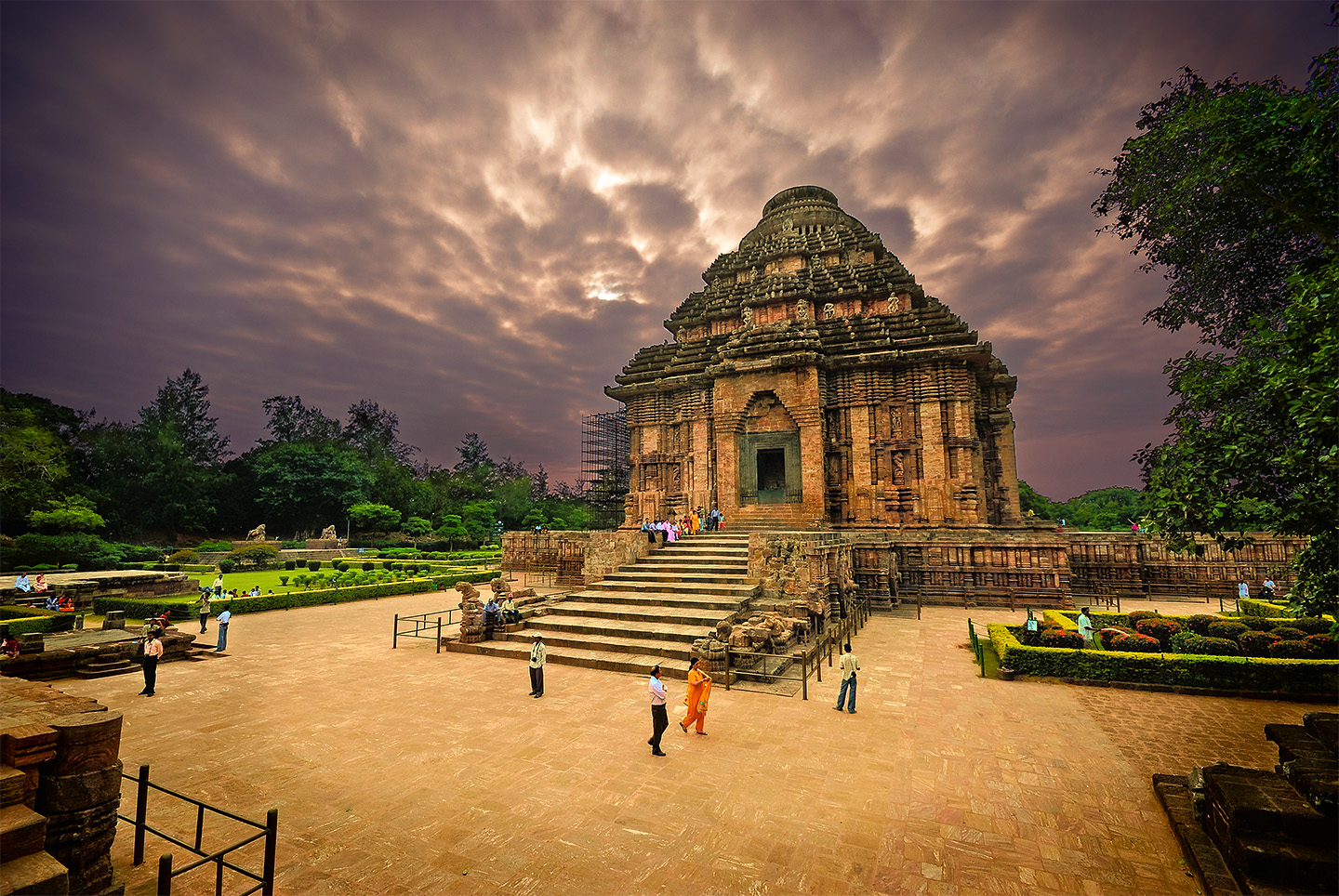
Location
One of the finest examples of Kalinga architecture, Konark temple is situated around 65 kilometres from the capital of Odisha, Bhubaneshwar. Konark is considered to be one of the five religious zones of Odisa. The other four being Puri, Bhubaneswar, Mahavinayak, and Jajpur.
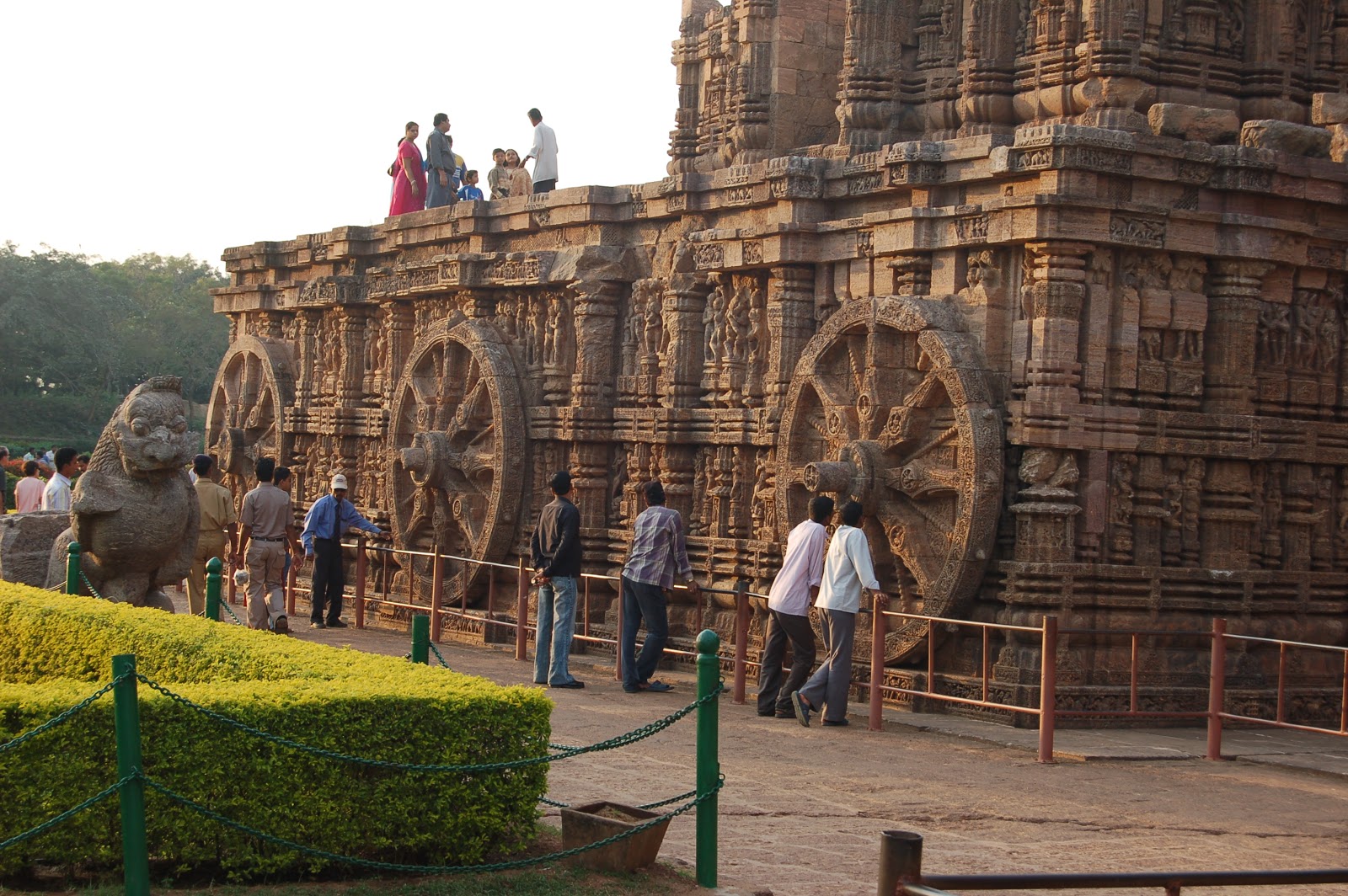
Architecture
The temple, built in 13th century by King Narasimhadeva is in the form of a giant ornamented chariot of the Sun God drawn by seven horses on twelve pairs of intricately adorned wheels. Two giant lions guard the entrance, each in the act of crushing a war elephant. The temple consists of a Vimana intended for housing the deity, Jagamohana from where the worshippers could have a glimpse of the deity and a Nirtya-mandapa or a dancing hall. Built from khondalite rocks, the temple is carefully carefully oriented towards the east so that the first rays of sunrise strikes the principal entrance. The temple is also known for its erotic sculptures. The pillars and walls are elaborately carved with dancing male and female figures in various poses, playing different kinds of musical instruments and carrying incense burners and lamps in their hands. However, a major part of the structure now stands in ruins.
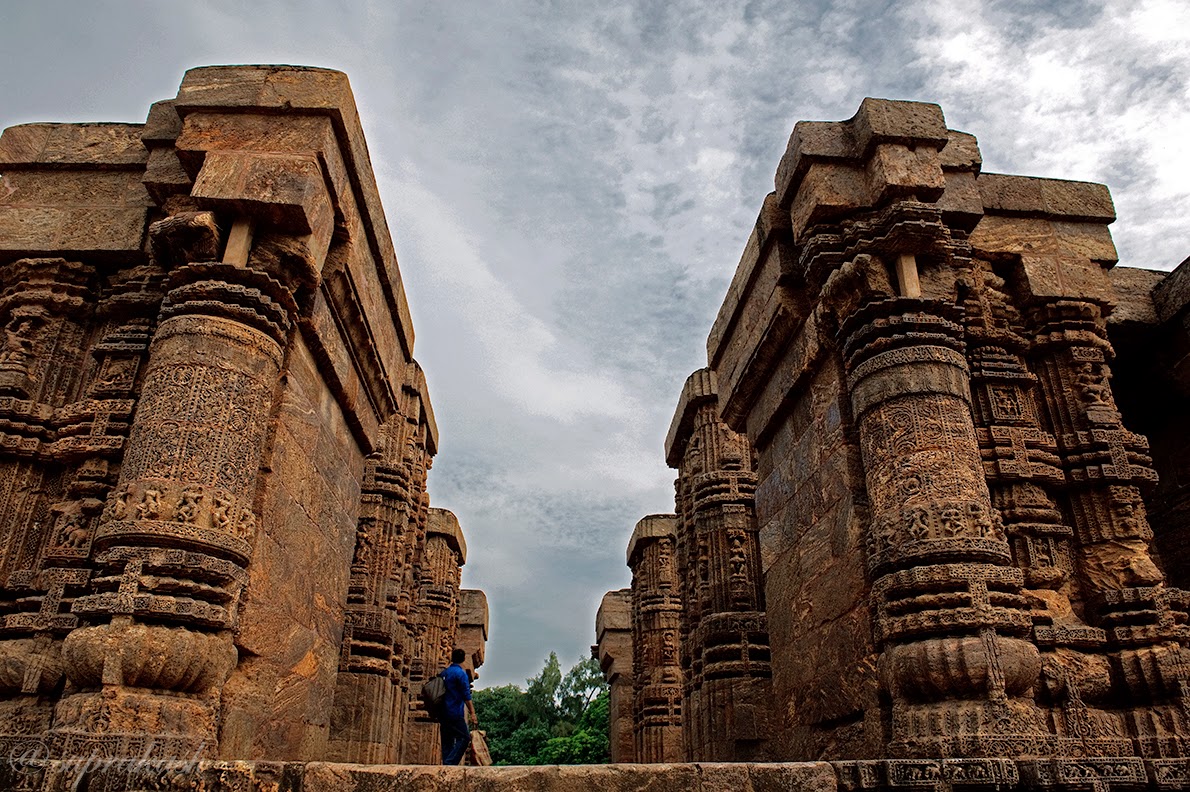
The sculpture is so grand and magnificent with each etching saying a story. Renowned poet Rabindranath Tagore has rightly said, “Here the language of stone surpasses the language of human.”
Significance of Sun
Surya has been a popular deity in the country since Vedic period. Sun god is regarded as the supreme lord of the universe and the prime source of life giving energy, being the healer of diseases and bestower of desires.
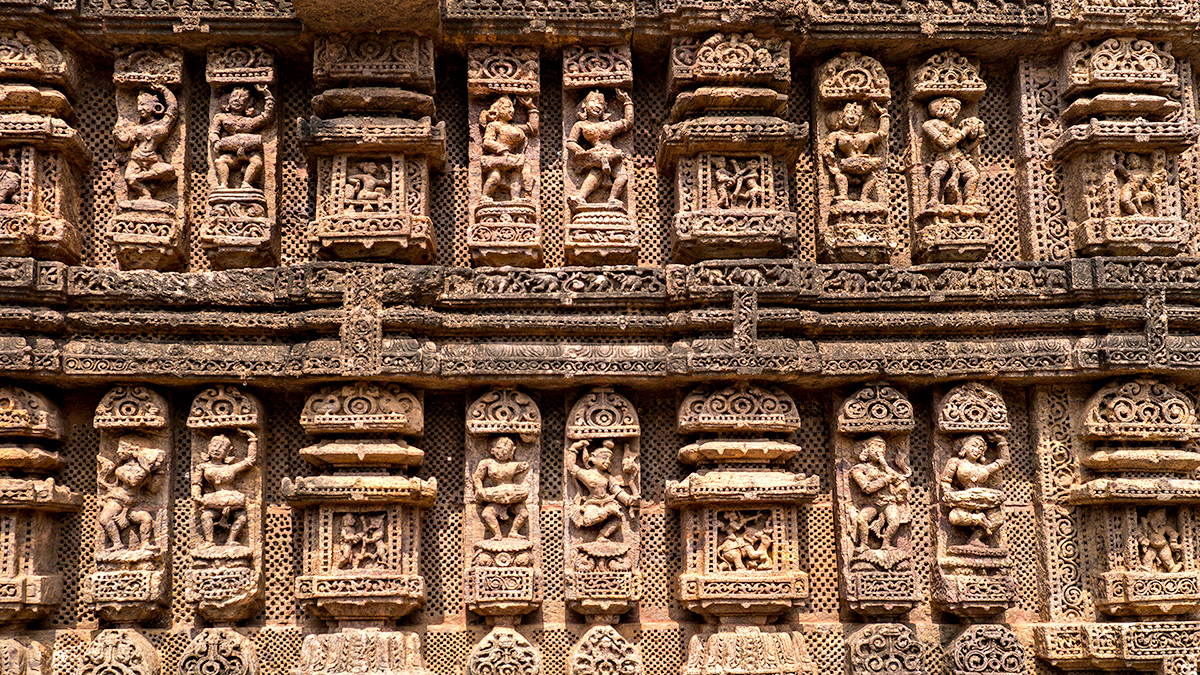
The History
It is believed that King Narasimhadeva Deva-I of the Eastern Ganga dynasty had ordered the construction of the temple as a proclamation of his royal status and supremacy. A workforce of 1,200 artisans and architects invested their talent, energy and commitment for 12 years. Yet, the completion remained impossible to predict as they could not find a way to fix the last copping stone at the top of the temple. The king declared a completion date and all the artisans went in fear. At that time, Dharmapada, the 12-year old son of the chief architect Bisu Maharana went to visit his father. Upon arrival, he found his father distressed. Although, he did not had much experience of temple construction, he completed the work single-handedly.
Fearing that the king will put them to death when he would know that a child has completed the construction, the craftsmen demanded Dharampada to be killed. Bisu Maharana declined this suggestion. In order to settle the debate, Dharampada killed himself.
 Dynamite News
Dynamite News